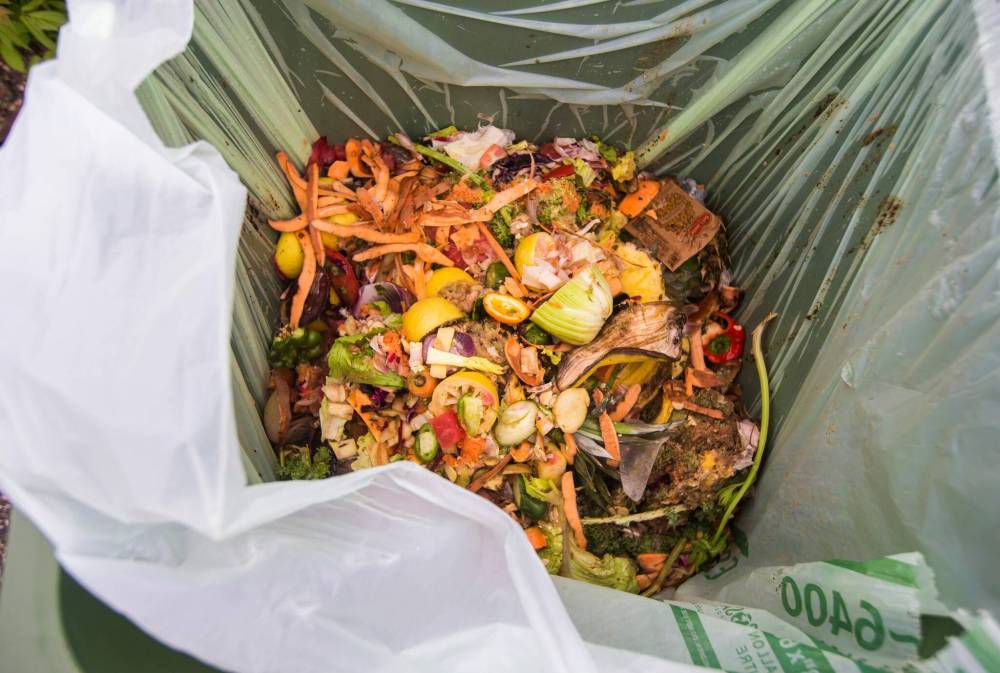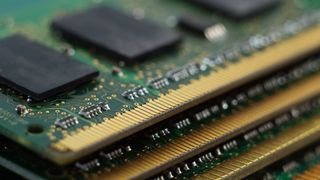
November 18, 2024 This article has been reviewed according to Science X's editorial process and policies . Editors have highlightedthe following attributes while ensuring the content's credibility: fact-checked peer-reviewed publication trusted source proofread by University of Jyväskylä Researchers in the Nanoscience Center at the University of Jyväskylä, Finland, have used machine learning and supercomputer simulations to investigate how tiny gold nanoparticles bind to blood proteins. The studies discovered that favorable nanoparticle-protein interactions can be predicted from machine learning models that are trained from atom-scale molecular dynamics simulations.
The new methodology opens ways to simulate the efficacy of gold nanoparticles as targeted drug delivery systems in precision nanomedicine. Hybrid nanostructures between biomolecules and inorganic nanomaterials constitute a largely unexplored field of research, with the potential for novel applications in bioimaging, biosensing, and nanomedicine. Developing such applications relies critically on understanding the dynamical properties of the nano–bio interface.
Modeling the properties of the nano-bio interface is demanding since the important processes such as electronic charge transfer, chemical reactions or restructuring of the biomolecule surface can take place in a wide range of length and time scales, and the atomistic simulations need to be run in the appropriate aqueous environment. Machine learning helps to study interactions at the atomic level Recently, researchers at the University of Jyväskylä demonstrated that it is possible to significantly speed up atomistic simulations of interactions between metal nanoparticles and blood proteins. Based on extensive molecular dynamics simulation data of gold nanoparticle—protein systems in water, graph theory and neural networks were used to create a methodology that can predict the most favorable binding sites of the nanoparticles to five common human blood proteins (serum albumin, apolipoprotein E, immunoglobulin E, immunoglobulin G and fibrinogen).
The machine learning results were successfully validated by long-timescale atomistic simulations. "In recent months, we also published a computational study which showed that it is possible to selectively target over-expressed proteins at a cancer cell surface by functionalized gold nanoparticles carrying peptides and cancer drugs, says professor of computational nanoscience," says Hannu Häkkinen. "With the new machine learning methodology, we can now extend our work to investigate how drug-carrying nanoparticles interact with blood proteins and how those interactions change the efficacy of the drug carriers.
" The research will be continued The results will allow additional research to develop new computational methods for research in interaction between metal nanoparticles and biomolecules. "Machine learning is a very helpful tool when examining the use of nanoparticles in diagnostics and therapy applications in the field of nanomedicine. This will be one the main goals in our next project 'Dynamic Nanocluster—Biomolecule Interfaces,'" rejoices Häkkinen.
The work was published in two articles in the journals Advanced Materials and Bioconjugate Chemistry . The computational resources were provided by the Finnish Grand Challenge Projects BIOINT and NanoGaC in LUMI and Mahti supercomputers, respectively, hosted at the Finnish supercomputing center CSC. More information: Antti Pihlajamäki et al, GraphBNC: Machine Learning‐Aided Prediction of Interactions Between Metal Nanoclusters and Blood Proteins, Advanced Materials (2024).
DOI: 10.1002/adma.202407046 María Francisca Matus et al, Rational Design of Targeted Gold Nanoclusters with High Affinity to Integrin αvβ3 for Combination Cancer Therapy, Bioconjugate Chemistry (2024).
DOI: 10.1021/acs.bioconjchem.
4c00248 Journal information: Advanced Materials , Bioconjugate Chemistry Provided by University of Jyväskylä.














